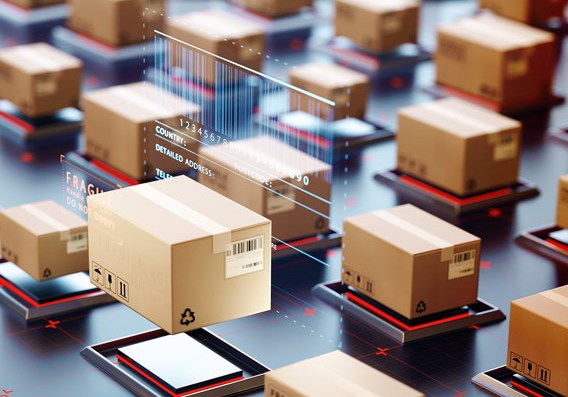India’s logistics sector, which is one of the most widely spread sectors across the country with multiple stakeholders, with 60% of the transportation happening through a strong road network against the global average of 30%-40%, according to the latest report, “India: Evolution of Integrated Logistics – Aiming Transformation Through PAGI” published by JLL Industrial Services Research today at CILT India Expo 2019.
According to the report, optimized use of roads is possible by building up enhanced hinterland infrastructure and specialized storage space spread over the country. Warehouse, one of the prime elements of the industry, has become one of the most attractive real estate asset segments for domestic and foreign investors. It has witnessed ~38 mn sq.ft. of absorption in 2019. According to the research paper, India is pre-dominantly dependent on roads for connecting production centers to warehouse and consumer:
Modal Efficiency Indicators from Indian Context[1]
| Modal Heads | Ship | Rail | Road | Air |
| tonne km cost (in INR) | 0.25 | 1.41 | 2.58 | 4.82 |
| carrying capacity (tonne) | 50000 | 2200 | 25 | 110 |
| average speed (km/hr) | 25 | 24 | 12 | 750 |
Central Government’s focus is on developing a comprehensive plan to invest for major infrastructures ports, airports and rail among others with an estimated investment outlay of about INR 100 lakh crore by next five years. The initiatives besides creating platform for the hinterland infrastructure and other components of logistics are gaining immense momentum for the investors.
The report added, with rising complexities, there is a need to further work towards integration to achieve cost efficiencies via specialization and consolidation of storage and modes of transport. The latter is meant for the logistics facilities, private freight terminals, dry ports (ICDs/ CFS), waterways terminals and specialized storage spaces like the cold storage etc. The report also foresees rail linked logistics facilities focusing on multi modal connectivity going to be the major focus on future logistics sector development.
Commenting on status, Yogesh Shevade, Head – Industrial Services, JLL India says, “India’s intermediate logistics frameworks is not a new phenomenon. Over last 10 years, India’s road, rail, port, airport and inland waterway added a new dimension in growth story comprehensively for the Governments. sponsored Bhartmala, Sagarmala initiatives, Jal Marg Vikas Project, Railway station re-development etc. creating huge platform for future expansion of logistics infrastructure. Through the National Logistics Policy, the Central Government is focusing on development of fully integrated logistics network with modern technology and automation.”
“For exploring this sectoral opportunity, JLL Industrial Services is launching Port, Airport and Global Infrastructure (PAGI) Practice. Aligned with its global experience, the practice in India will aim at multi-dimensional service opportunity for our global and domestic clients.” Shevade added.
The report highlights the challenge of creating efficient last mile connectivity, availability of land to develop financially sustainable logistics infrastructure, capacity building for human resource, and investment friendly policy framework for attracting private capital and seamless compliance process for the sector. And it explore solutions for the integration of this complex dynamics of the sector for expanding seamless connectivity to manufacturing centers to consumption destination.
“This optimization is possible by utilization of optimum modal spilt, appropriate positioning of intermediate logistics frameworks and seamless convergence of all stakeholders of the sector and to achieve cost and time efficiency as well as minimization of in-transit losses,” Shevade added.

